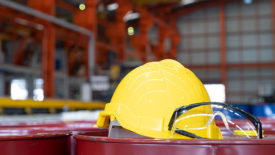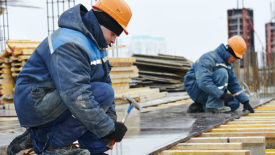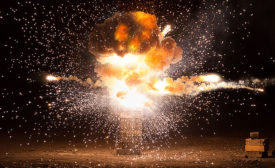Home » Keywords: » hazards
Items Tagged with 'hazards'
ARTICLES
Join in on our workplace safety hazards photo challenge beginning in February!
Read More
Contractor again fails to protect workers from deadly fall hazards at construction sites
Employee of GL Construction of Madison, WI suffered fatal injuries in 2021
October 2, 2024
New year, new attitude on safety
Best-in-class tips gleaned from experience
January 11, 2024
Become a Leader in Safety Culture
Build your knowledge with ISHN, covering key safety, health and industrial hygiene news, products, and trends.
JOIN TODAYCopyright ©2025. All Rights Reserved BNP Media.
Design, CMS, Hosting & Web Development :: ePublishing












